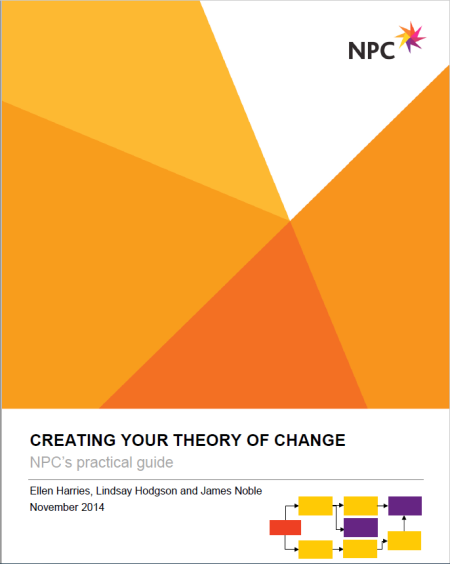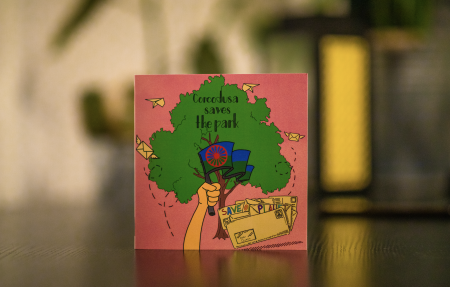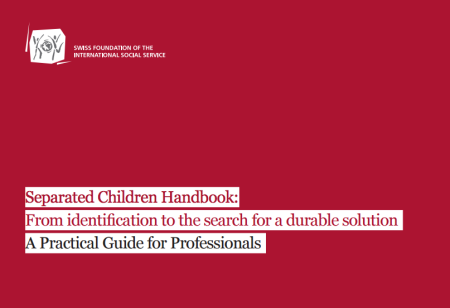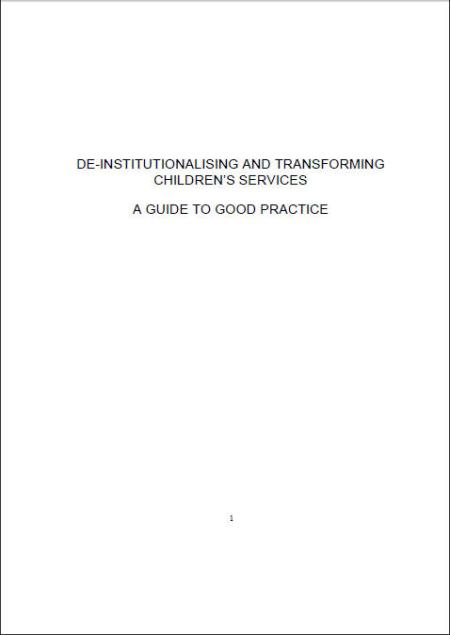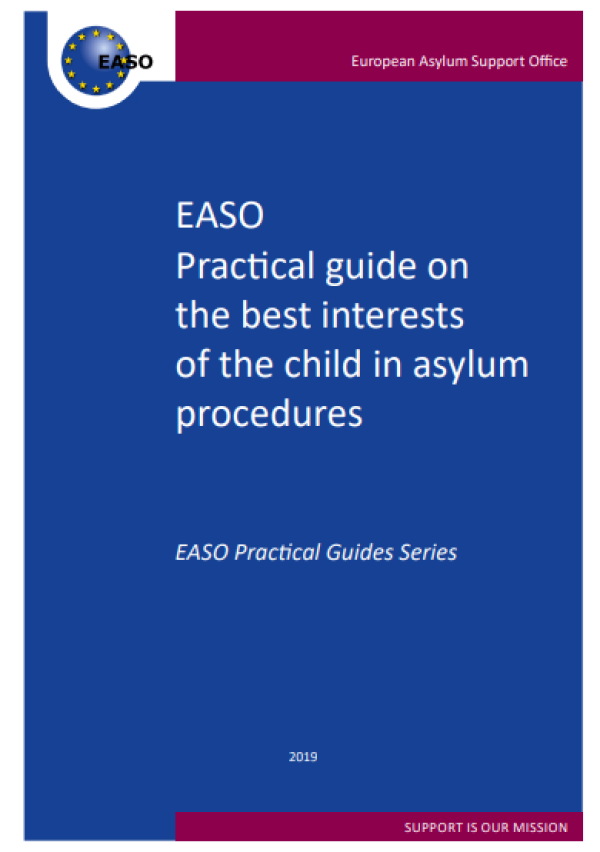
A theory of change is a tool to help you describe the need you are trying to address, the changes you want to make (your outcomes), and what you plan to do (your activities). The approach can be used for organisations of all shapes and sizes—from service-delivery charities, to campaigning organisations, to funders.
A theory of change is often represented in a diagram or chart, but a full theory of change process involves more than this. It should help you consider and articulate the assumptions and enablers that surround your work and explain why you think your activities will lead to the outcomes you want. It should also challenge you to develop clear aims and strategies and explore whether your plans are supported by evidence. By the end of a theory of change process, you should have a clear idea of what your organisation or project wants to achieve and a strategy to do this.
Charities, funders and social purpose organisations can benefit greatly from creating a theory of change. A range of possible advantages is discussed in the next section of this paper.
Theory of change is actually a very simple concept. Throughout our work and personal lives we have aims, objectives and ideas about how to achieve our goals, but we rarely take the time to think these through, articulate and scrutinise them. All a theory of change process does is to make these assumptions explicit and therefore more testable.
While the idea itself is simple, the terminology around theory of change can be confusing because there are variations in the approach. In this document the term to refer to the broad family of approaches is used to help to articulate the reasoning behind a project. This includes the CES Planning Triangle©, logic models, outcomes chains, and narratives. However, others in the field use theory of change to refer only to the outcomes chain approach. As an organisation thinking about using theory of change, the most important thing is not to get bogged down in terminology, but to use the method that suits your needs best.
This guide aims to help you through your theory of change process and support you to produce something that strengthens the design and delivery of your projects, and gives you confidence in your approach to evaluation and learning.
(Summary taken from the introduction of the publication)


